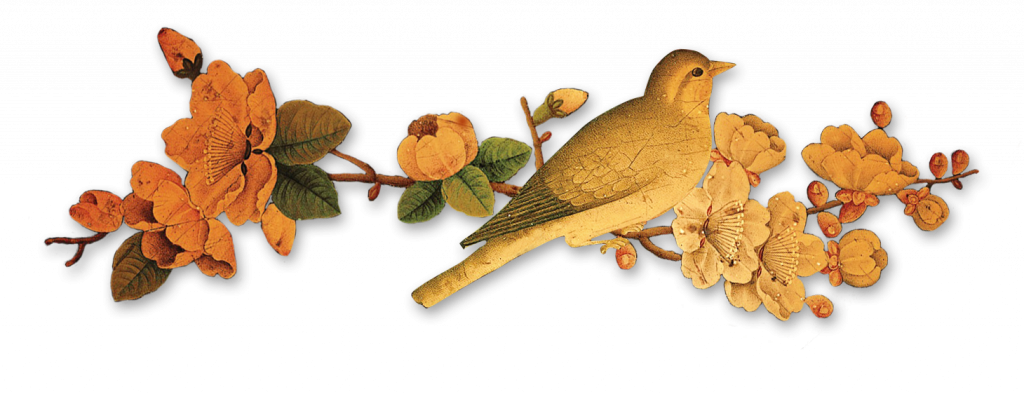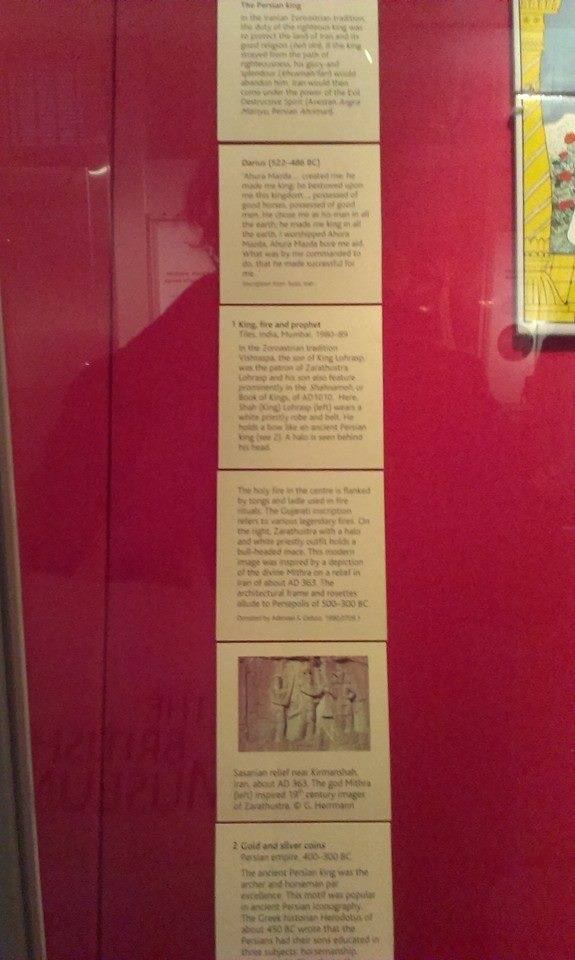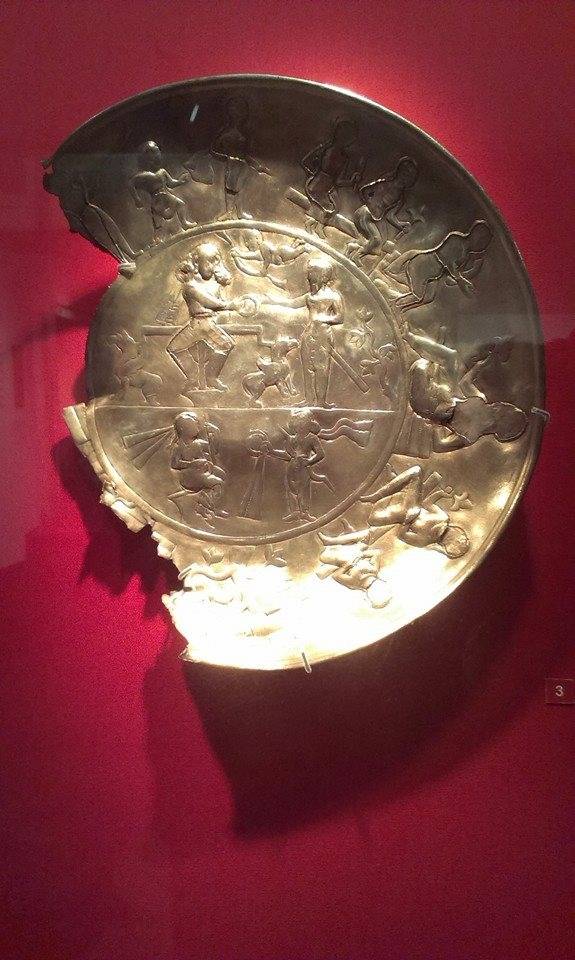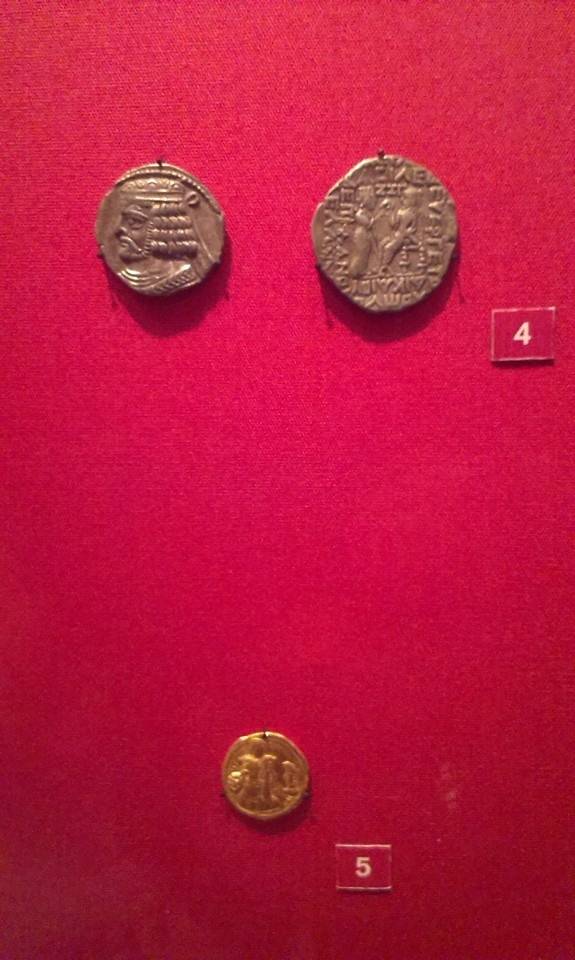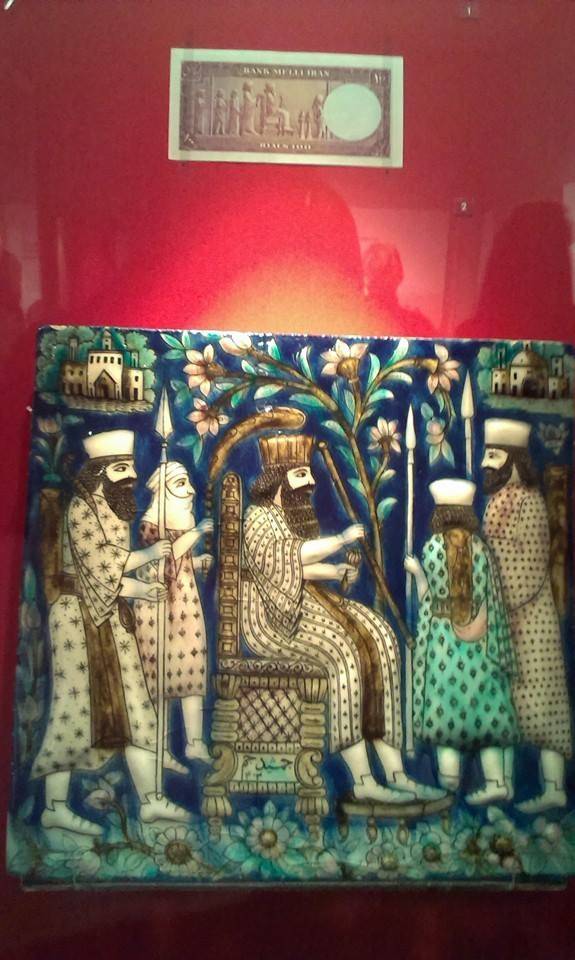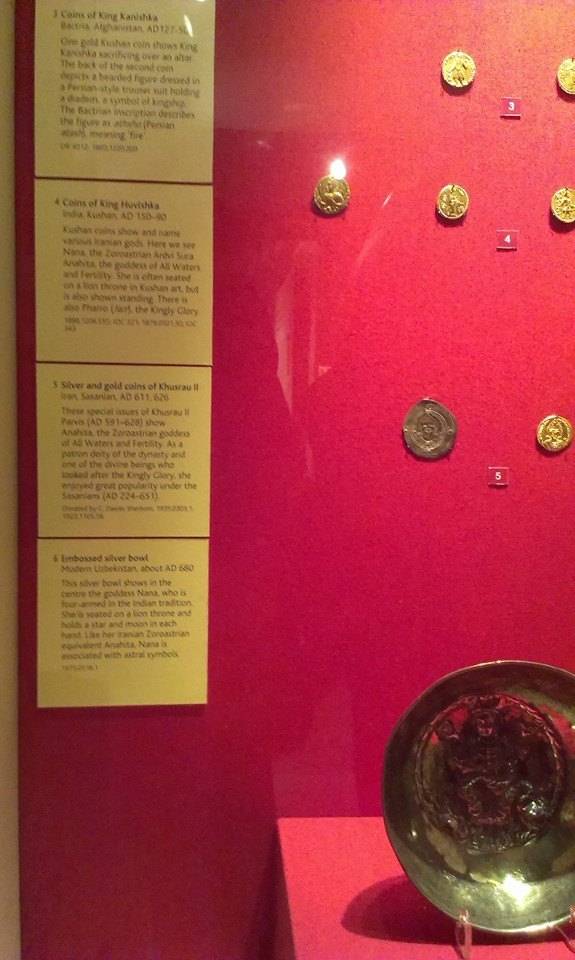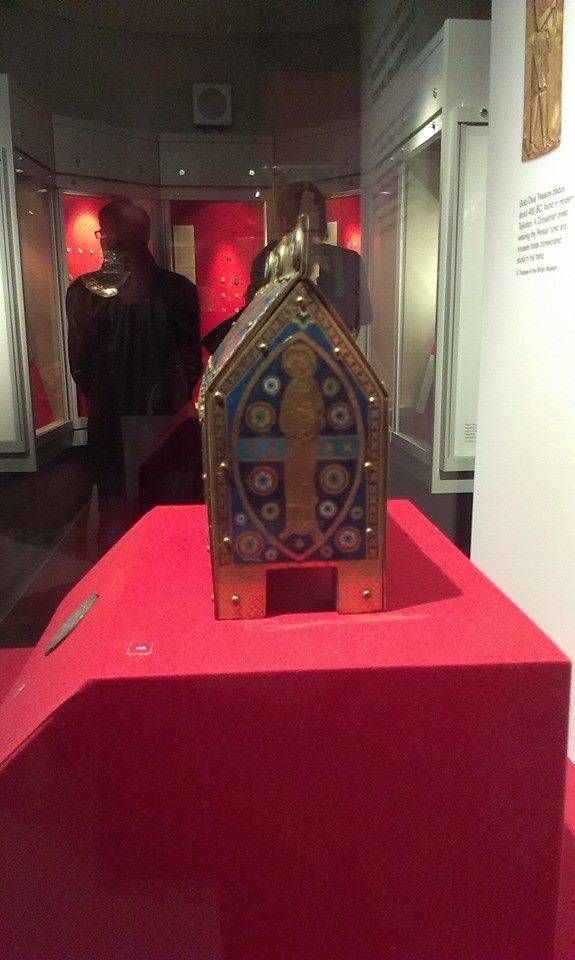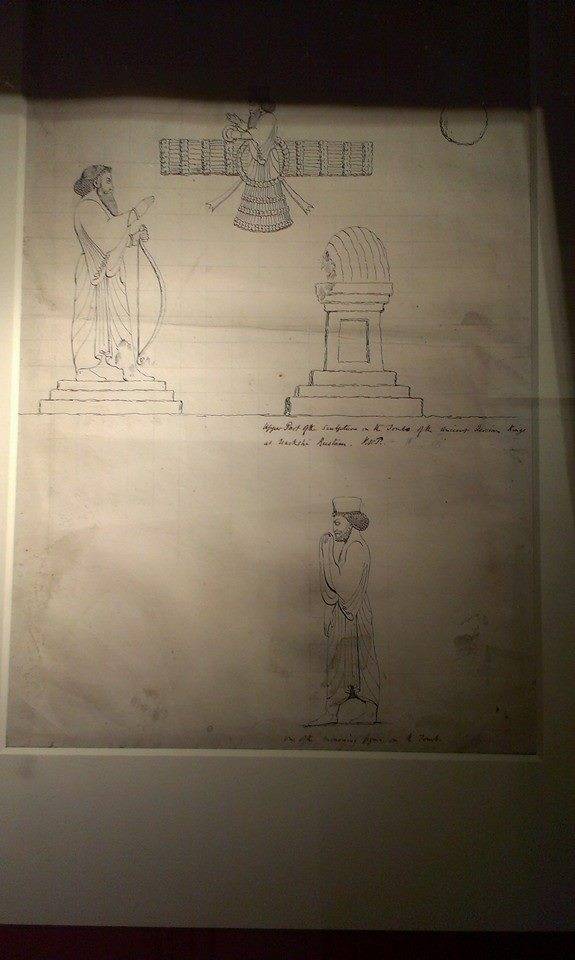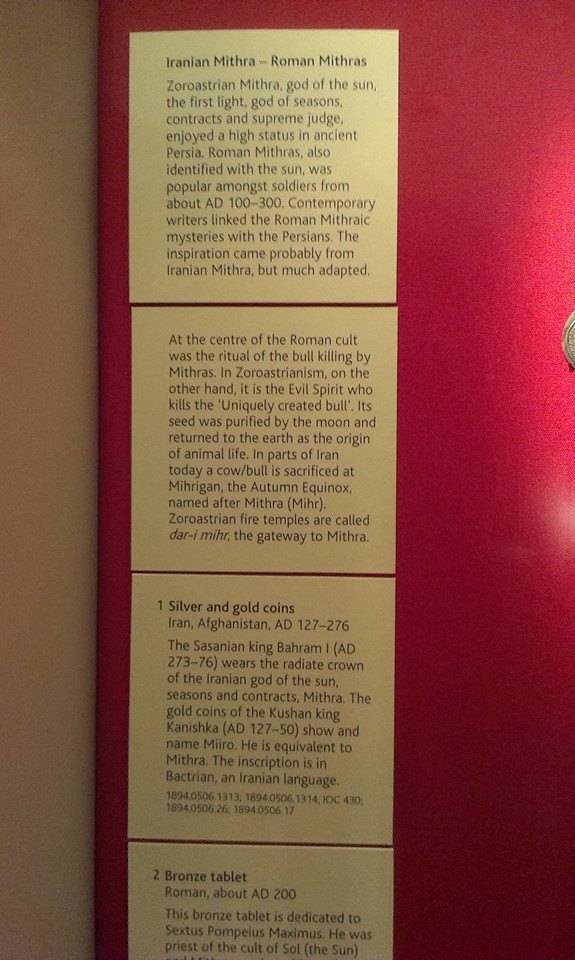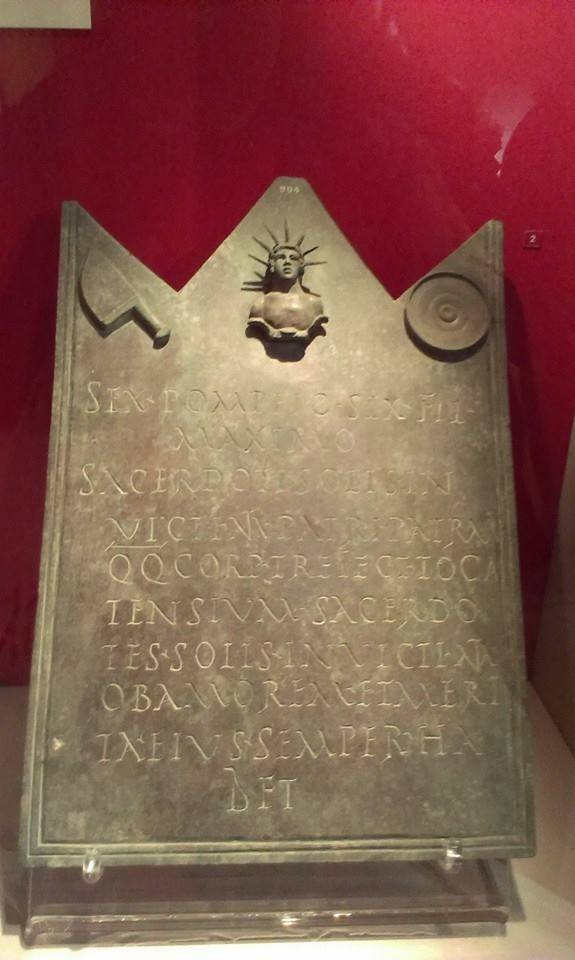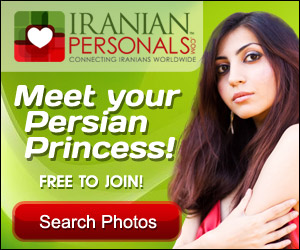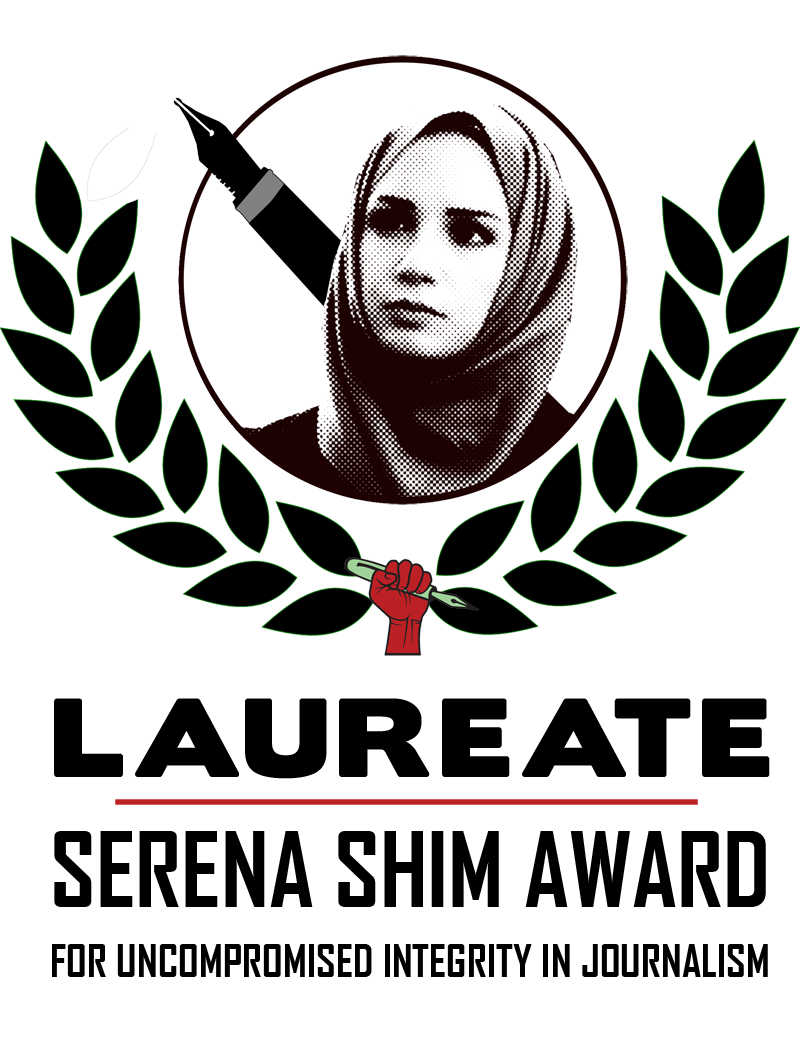There are four amazing exhibitions at British Museum currently: “Vikings life and legend”, “Wise men from the east Zoroastrian traditions in Persia and beyond”, “Roman war games: helmets from Crosby Garrett and Ribchester” and “From temple to home celebrating Ganesha”.
The biggest of the four exhibitions is the Vikings one, covering the “Viking expansion from the Scandinavian homelands during their era created a cultural network with contacts from the Caspian Sea to the North Atlantic, and from the Arctic Circle to the Mediterranean”. Their expansion reached the Caspian sea mainly via trade, but “a raid south of Caspian sea into modern Iran took place in 913AD”, showing how far east they made it, as well west discovering north America before Columbus.
From trade the gold coins from Islamic world made it back to Scandinavian homelands and Northern Europe. Valuables purchased from the trade route, specially gold coins from Islamic world were of great value and prestige, so much so some gold jewellery that were produced in Scandinavia imitated the Islamic kuffic calligraphy.
A related book of interest is Ibn Fadlans’ journey to Russia: a tenth-century traveller from Baghdad to the Volga River by Prof Richard Frye (Markus Wiener, 2006).
Further details about the Viking exhibition can be seen here.
The second biggest exhibition of the four mentioned is the “Wise men from the East Zoroastrian traditions in Persia and beyond”
24 October 2013 – 27 April 2014 and its free.
Room 69a is packed material both ancient and modern, tracing origins of Zoroastrian from Iran to modern day. The central piece is the material relating to the Biblical story of the three Magi from Persia.
“This small exhibition will explain Zoroastrianism, an ancient but living religion named after the Prophet Zarathustra, through objects and coins from Persia (Iran) and beyond.
The display will feature a variety of ancient and modern objects and coins, and will highlight the importance of Zoroastrian traditions in other religions. It will touch on the concept and imagery of the Three Kings of the Christian tradition, who are described in the New Testament (Matthew 2.2) as Magi from the east – Zoroastrian priests in the Persian tradition. Magnificent Islamic coins from Mughal India which follow the Iranian Zoroastrian calendar adopted by the emperor Akbar (1556–1605) will also be on display.
Modern objects will show the ongoing legacy of this ancient Iranian religion and its significance as a symbol of national identity for Zoroastrian and non-Zoroastrian Iranians in modern Persia and beyond.

